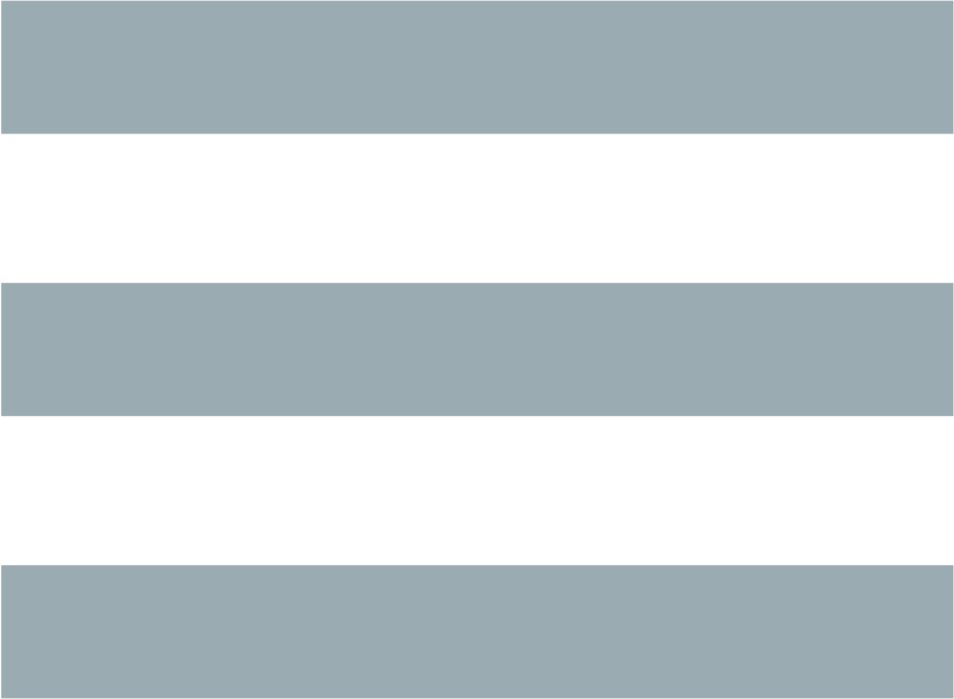SYNOPSIS
$rnachange = Bio::Variation::RNAChange->new
('-start' => $start,
'-end' => $end,
'-length' => $len,
'-codon_pos' => $cp,
'-upStreamSeq' => $upflank,
'-dnStreamSeq' => $dnflank,
'-proof' => $proof,
'-isMutation' => 1,
'-mut_number' => $mut_number
);
$a1 = Bio::Variation::Allele->new;
$a1->seq('a');
$rnachange->allele_ori($a1);
my $a2 = Bio::Variation::Allele->new;
$a2->seq('t');
$rnachange->add_Allele($a2);
$rnachange->allele_mut($a2);
print "The codon change is ", $rnachange->codon_ori,
">", $rnachange->codon_mut, "\n";
# add it to a SeqDiff container object
$seqdiff->add_Variant($rnachange);
# and create links to and from DNA level mutation objects
$rnachange->DNAMutation($dnamut);
$dnamut->RNAChange($rnachange);
DESCRIPTION
The instantiable class Bio::Variation::DNAMutation describes basic sequence changes at RNA molecule level. It uses methods defined in superclass Bio::Variation::VariantI. See Bio::Variation::VariantI for details.You are normally expected to create a corresponding Bio::Variation::DNAMutation object even if mutation is defined at RNA level. The numbering follows then cDNA numbering. Link the DNAMutation object to the RNAChange object using the method DNAMutation(). If the variation described by a RNAChange object is translated, link the corresponding Bio::Variation::AAChange object to it using method AAChange(). See Bio::Variation::DNAMutation and Bio::Variation::AAChange for more information.
FEEDBACK
Mailing Lists
User feedback is an integral part of the evolution of this and other Bioperl modules. Send your comments and suggestions preferably to the Bioperl mailing lists Your participation is much appreciated.
[email protected] - General discussion http://bioperl.org/wiki/Mailing_lists - About the mailing lists
Support
Please direct usage questions or support issues to the mailing list:rather than to the module maintainer directly. Many experienced and reponsive experts will be able look at the problem and quickly address it. Please include a thorough description of the problem with code and data examples if at all possible.
Reporting Bugs
Report bugs to the Bioperl bug tracking system to help us keep track the bugs and their resolution. Bug reports can be submitted via the web:
https://github.com/bioperl/bioperl-live/issues
AUTHOR - Heikki Lehvaslaiho
Email: heikki-at-bioperl-dot-orgAPPENDIX
The rest of the documentation details each of the object methods. Internal methods are usually preceded with a _codon_ori
Title : codon_ori
Usage : $obj->codon_ori();
Function:
Sets and returns codon_ori triplet. If value is not set,
creates the codon triplet from the codon position and
flanking sequences. The string has to be three characters
long. The character content is not checked.
Example :
Returns : string
Args : string
codon_mut
Title : codon_mut
Usage : $obj->codon_mut();
Function:
Sets and returns codon_mut triplet. If value is not
set, creates the codon triplet from the codon position and
flanking sequences. Return undef for other than point mutations.
Example :
Returns : string
Args : string
codon_pos
Title : codon_pos
Usage : $obj->codon_pos();
Function:
Sets and returns the position of the mutation start in the
codon. If value is not set, returns false.
Example :
Returns : 1,2,3
Args : none if get, the new value if set
codon_table
Title : codon_table
Usage : $obj->codon_table();
Function:
Sets and returns the codon table id of the RNA
If value is not set, returns 1, 'universal' code, as the default.
Example :
Returns : integer
Args : none if get, the new value if set
DNAMutation
Title : DNAMutation
Usage : $mutobj = $obj->DNAMutation;
: $mutobj = $obj->DNAMutation($objref);
Function: Returns or sets the link-reference to a mutation/change object.
If there is no link, it will return undef
Returns : an obj_ref or undef
AAChange
Title : AAChange
Usage : $mutobj = $obj->AAChange;
: $mutobj = $obj->AAChange($objref);
Function: Returns or sets the link-reference to a mutation/change object.
If there is no link, it will return undef
Returns : an obj_ref or undef
exons_modified
Title : exons_modified
Usage : $modified = $obj->exons_modified;
: $modified = $obj->exons_modified(1);
Function: Returns or sets information (example: a simple boolean flag) about
the modification of exons as a result of a mutation.
region
Title : region
Usage : $obj->region();
Function:
Sets and returns the name of the sequence region type or
protein domain at this location. If value is not set,
returns false.
Example :
Returns : string
Args : string
cds_end
Title : cds_end
Usage : $cds_end = $obj->get_cds_end();
Function:
Sets or returns the cds_end from the beginning of the DNA sequence
to the coordinate start used to describe variants.
Should be the location of the last nucleotide of the
terminator codon of the gene.
Example :
Returns : value of cds_end, a scalar
Args :
label
Title : label
Usage : $obj->label();
Function:
Sets and returns mutation event label(s). If value is not
set, or no argument is given returns false. Each
instantiable subclass of L<Bio::Variation::VariantI> needs
to implement this method. Valid values are listed in
'Mutation event controlled vocabulary' in
http://www.ebi.ac.uk/mutations/recommendations/mutevent.html.
Example :
Returns : string
Args : string
_change_codon_pos
Title : _change_codon_pos
Usage : $newCodonPos = _change_codon_pos($myCodonPos, 5)
Function:
Keeps track of the codon position in a changeing sequence
Returns : codon_pos = integer 1, 2 or 3
Args : valid codon position
signed integer offset to a new location in sequence

